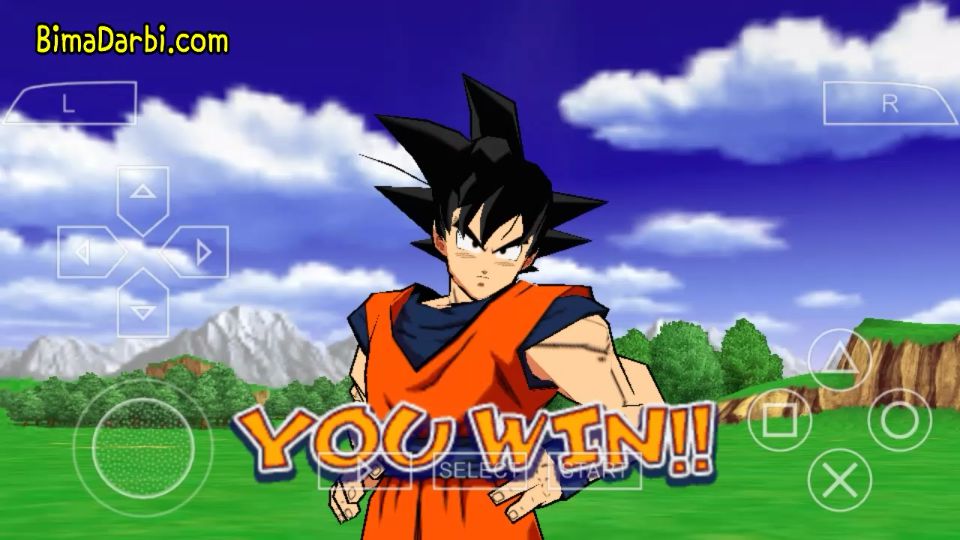
Several levels of the Budokai Tenkaichi 2 story mode also feature cutscenes shown either before or after the fight of the level takes place. Each installment features several "what-if" battles and scenarios for example, the Budokai Tenkaichi story mode features modes where the player takes control of a villain and uses the character to defeat the hero, while the Budokai Tenkaichi 2 story mode has modes where Raditz and Zarbon essentially team up with the Z Fighters (separately) for one reason or another. The Dragon Balls can be acquired through story mode by destroying the environment in battle however, the player can only keep the Dragon Ball they find if the battle is won. Players can select battles from different sagas and proceed through the story of Dragon Ball to Dragon Ball GT, and even several Dragon Ball Z films.
SPSS MODELER 18 MAC SERIES
The story mode of the series progresses similarly to the story modes in previous games. One of these moves is the Ultimate Blast which is usually the most powerful move a character has, though use of any Blast 2 skill or the Ultimate Blast immediately ends Max Power Mode. Max Power Mode makes the character that initiated it faster, stronger, and able to use moves that are exclusive to the mode.

SPSS MODELER 18 MAC FULL
Players can also power up into a mode called Max Power Mode normally by building up their Ki beyond full at the cost of 1 Blast Stock bar. Blast 1 skills usually have a supportive effect such as allowing characters to increase their stats temporally or immobilize the enemy.


Characters also have a self-recharging numeric gauge called Blast Stock that allows players to use techniques called Blast 1 skills. Every character has a unique set of Blast 2 skills that allow the character to use special moves such as Ki blasts and physical attacks. The Ki gauge can also be used to use moves referred to as Blast 2 skills. In battle, players can build up their Ki gauge to execute various techniques such as the Power Guard, which reduces the damage characters take by 1/4.
SPSS MODELER 18 MAC FREE
Also different from the Budokai series, each form is treated as its own character, with varying stats, movesets and fighting styles, similar to Dragon Ball Z: Legendary Super Warriors while the free roam element is similar to Dragon Ball Z: Sagas. The games are quite different from the often-compared Budokai series they use a "behind-the-back" camera perspective. Super Saiyan Goku using the Kamehameha against Hirudegarn in Budokai Tenkaichi 3 While no official explanation was ever given for the musical differences, as Funimation did not use the original Japanese score in Dragon Ball Z/ GT for the English dub, it can be assumed that contractual issues came into play. While Sparking! features actual music from Dragon Ball Z (and two other pieces from the Dragon Ball franchise and Dragon Ball GT where appropriate) as composed by Shunsuke Kikuchi, the American release of the game features recycled music from the Budokai series (composed in Japan by Kenji Yamamoto). The American version also uses a great deal of sound effects and background music from the Budokai series.įurther confusing fans in North America, Atari's domestic release of the game does not feature the same music found in the original Japanese version. A theory about the English re-title is that Atari chose to market the game as part of the Budokai series in order to capitalize on a pre-existing market of fans already familiar with said game series. If it was a true Budokai game in spirit, it would have been Dragon Ball Z 4 in Japan. The game is also titled differently from the rest of the Budokai series in Japan. In addition to a completely different game engine, the game was developed by an entirely different company. The game is not considered a part of the Budokai series, despite its misleading title.

In the series, the Tenka-ichi Budōkai is a gathering of fighters in a competition for glory, fame, and prize money. The "Budokai Tenkaichi" title of the North American version is a rearranged version of Tenkaichi Budokai (天下一武道会, Tenka'ichi Budōkai roughly "Strongest Under the Heavens Martial Arts Tournament").
SPSS MODELER 18 MAC TV
However, the opening theme to the game is the TV series' second opening, " We Gotta Power" (featured in the Japanese version the English version includes a different, non-vocal song), which is also performed by Kageyama. The " Sparking!" in the Japanese title references the last lyric found in the chorus of the first opening theme to the Dragon Ball Z anime series, " Cha-La Head-Cha-La," performed by Hironobu Kageyama.


 0 kommentar(er)
0 kommentar(er)
